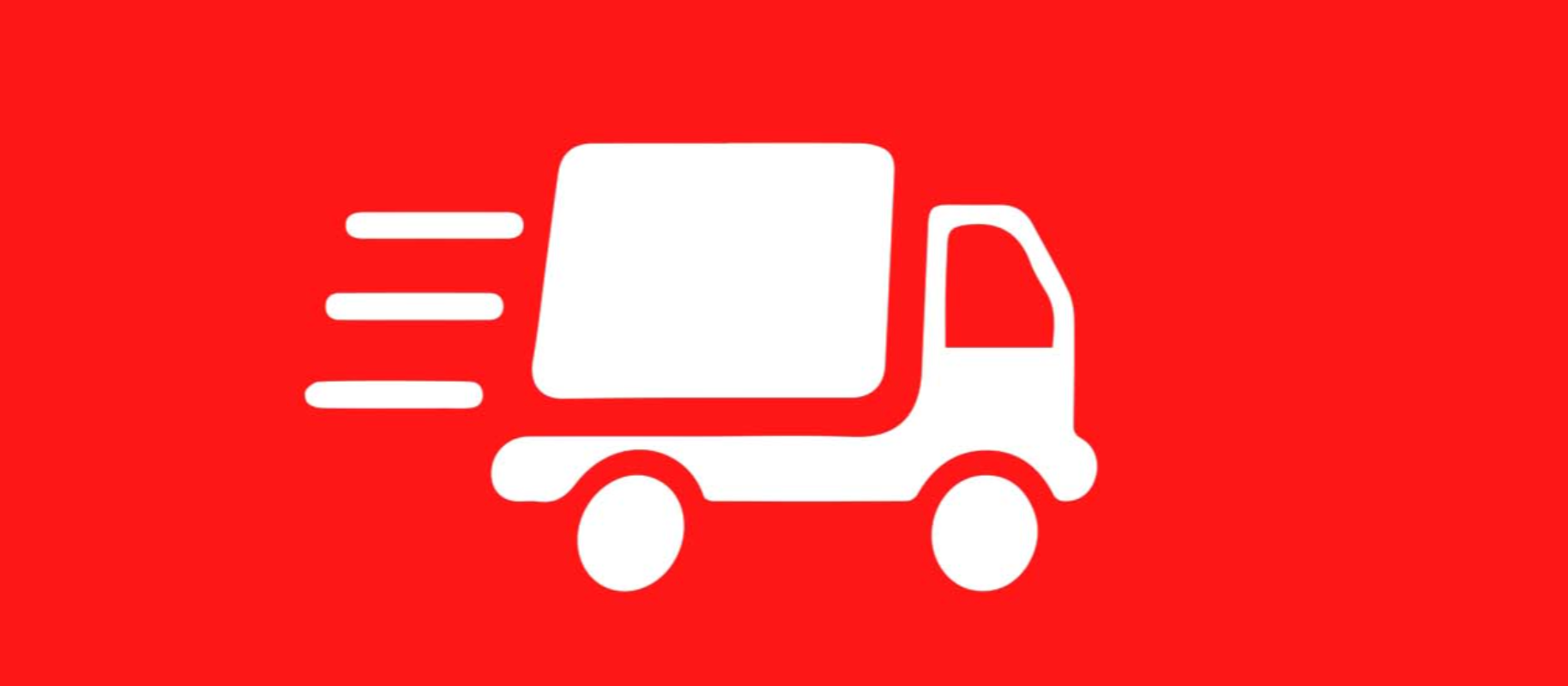TRANSPORTATION
The University of Faisalabad prohibits the entry of vehicles on its premises and offers a limited amount of covered parking away from the main campus. Wherever possible, the university encourages student shared transportation. The University of Faisalabad contracted out the transportation and divided the students into groups based on their individual origins.
Following is the Last there year status: -
| S/No | Vehicle | 2021 | 2022 | 2023 |
|---|---|---|---|---|
| 1 | Car Managed by the University | 55 | 53 | 37 |
| 2 | Car Entering in the University | 402 | 394 | 203 |
| 3 | Motorcycle entering in the University | 125 | 111 | 96 |
| 4 | Vans entering in the University | 137 | 128 | 82 |
| 5 | Cycles managed by the University | 50 | 64 | 81 |
| 6 | Electric Scottie | 3 | 10 | 26 |
| Total | - | 772 | 760 | 525 |
Total Campus Population = 8800 with the percentage of 0.059

University is pioneers in starting initiative for greener transportation while also helping students and administrative staff reduce the personal use of cars and motorcycles on campus trips. Therefore, the transportation system policy has been established on Campus by providing shuttle services for students, staff, and visitors to facilitate free rides and also to reduce car use within the University.
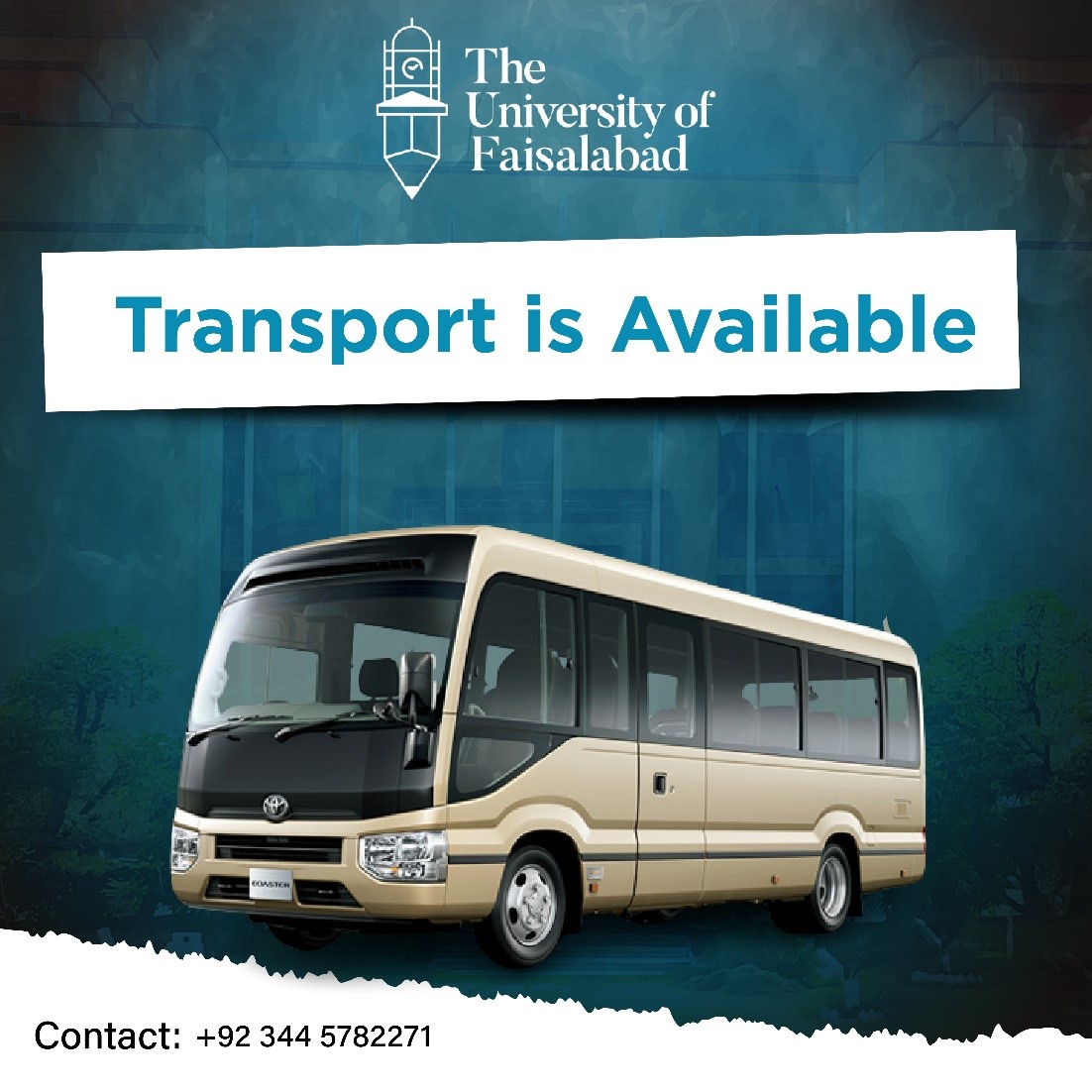
Posture of the transport they further disseminated among students through LMS
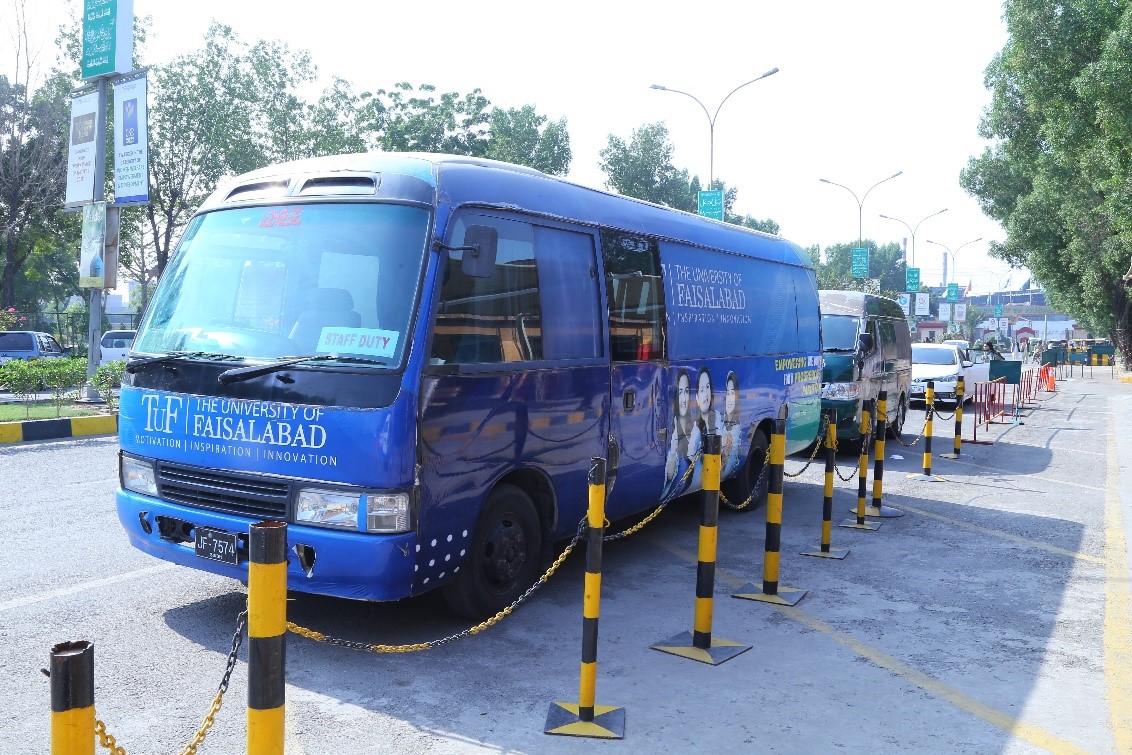
Easier Commutes: Affordable Shuttle Services for Students, Staff, and a Brighter Future
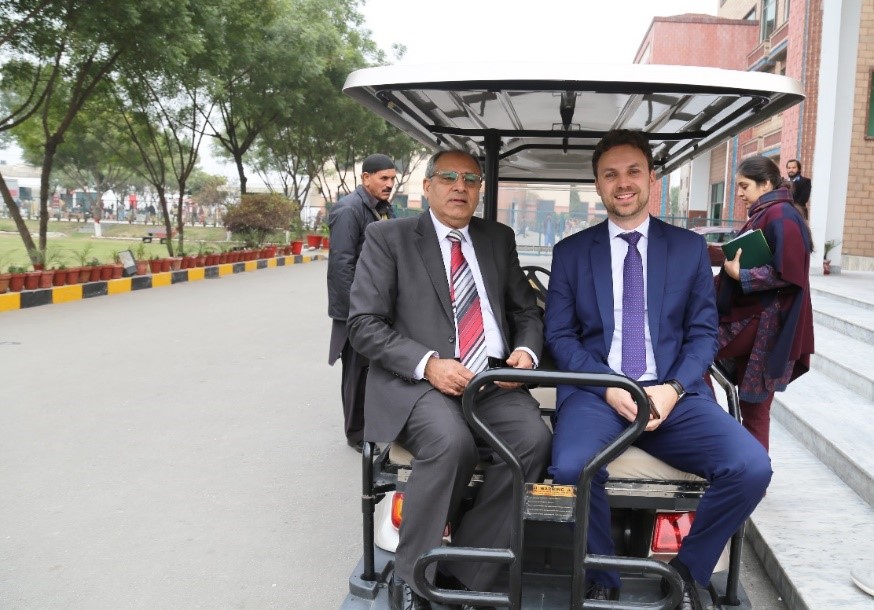
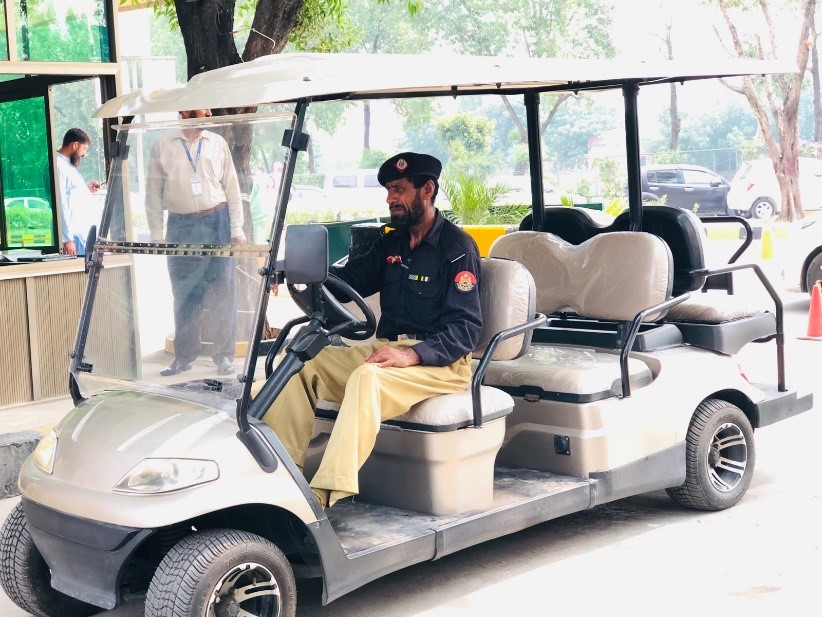
Green on the Go: Zero-Emission Cars Paving the Way ta Sustainable Campus.
The University of Faisalabad aims to improve the transportation infrastructures in its growing and developing campus in line with sustainability principles.
- Create awareness about reducing air pollution, increasing energy efficiency, spreading the importance of public transport for livable and sustainable cities and commodities (Focus on the Goal (SDG-13 Climate Action)
- Within the university campus, reducing fuel consumption per motor vehicle, encouraging the use of environmentally friendly alternative fuels, reducing air pollutants and greenhouse gas emissions
- Providing fast guidance to parking lots with parking guidance systems
- Establishment of safe bicycle leaving areas in open parking lots
- Developed the electrical connection infrastructure that will meet the necessary energy needs of vehicles in the campus
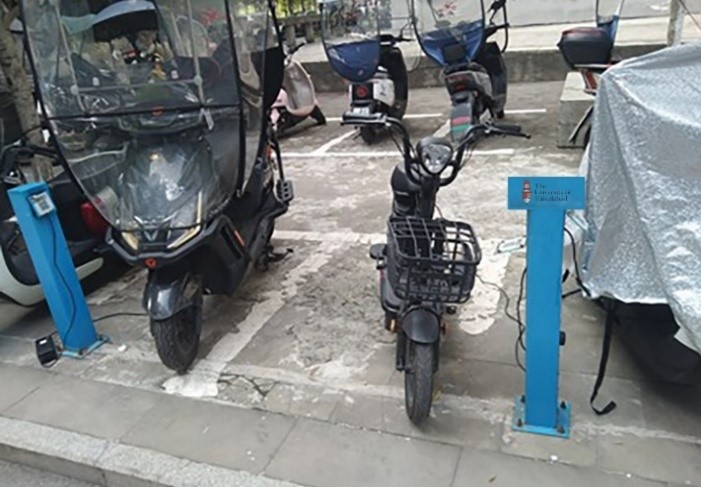
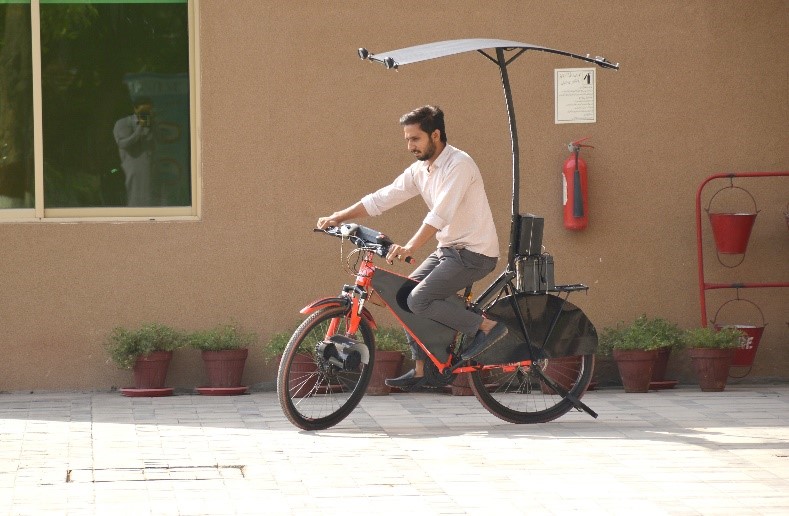
Driving Toward a Greener Future: Zero Emission Vehicles for Students

Empowering the Future: Electric Vehicle Distribution for Students
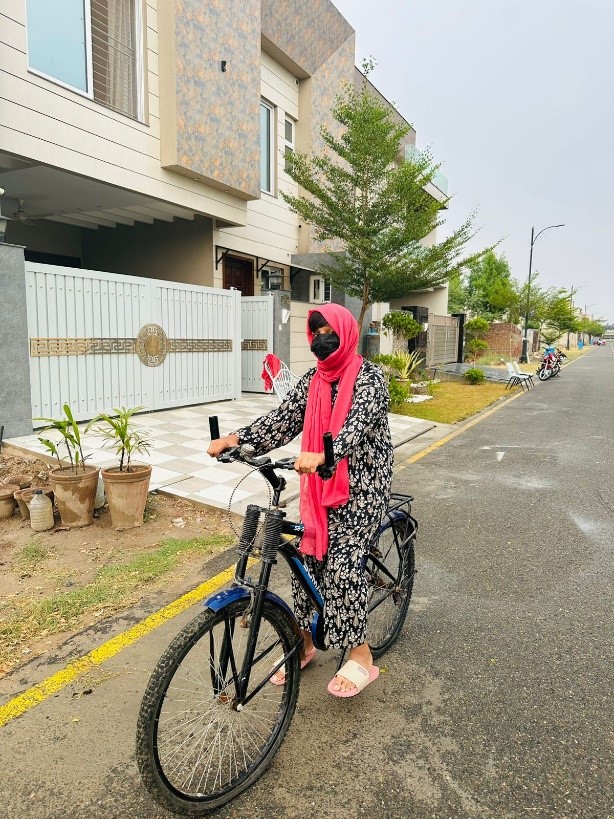

Green Commute: Students Embrace Cycles and Zero Emission Vehicles on Campus
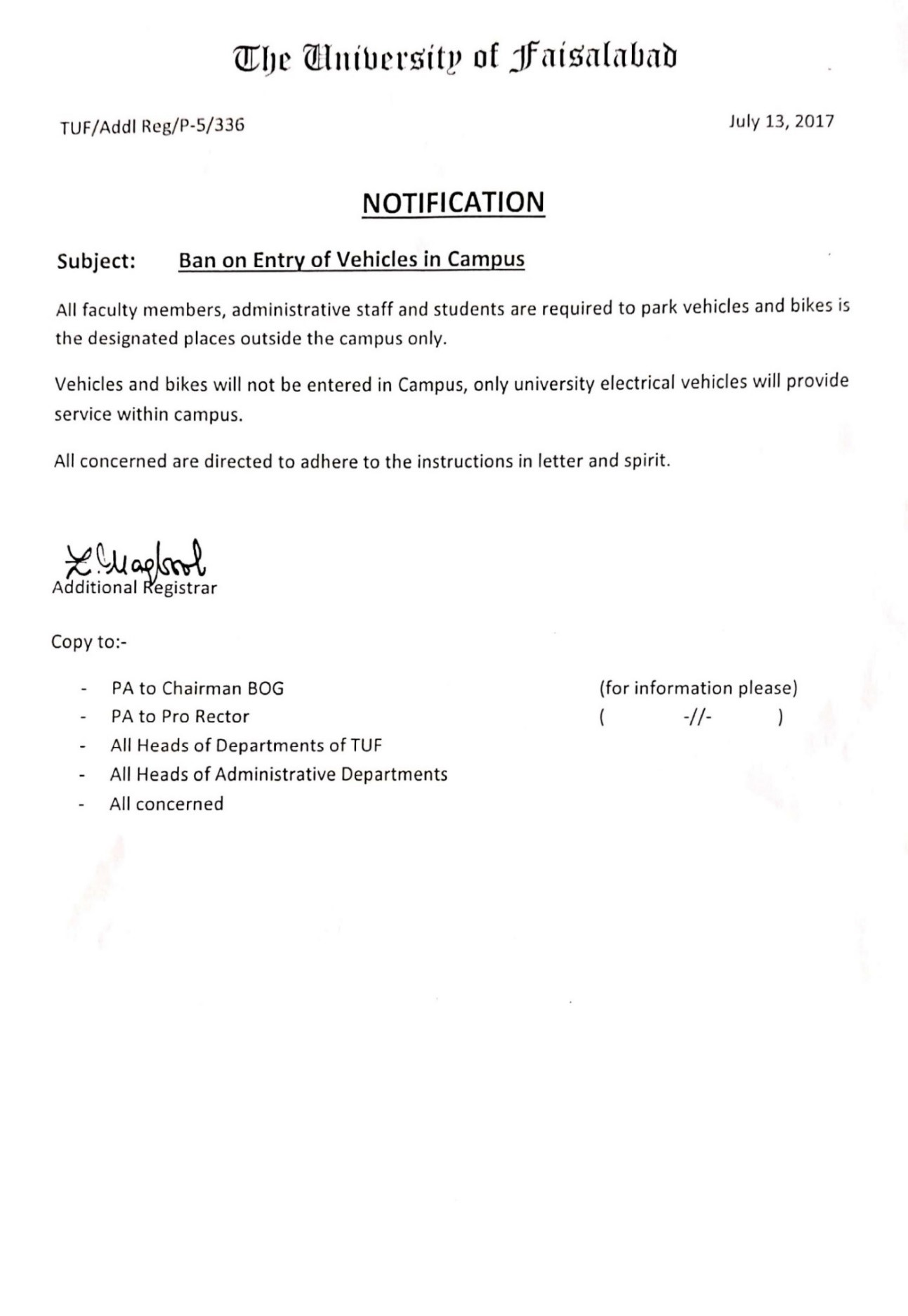
In order to end the motor vehicle traffic on the campus and reduce air pollution in the campus the University has limited private vehicle entry to the campus since 2019. Except for special circumstances, private vehicles are not allowed to enter the campus.
The University has taken following Programs to Limit or decreases the Parking Area on Campus.
- All private parking spaces within the campus have been closed and moved outside the campus.
- It was announced to the staff that the university parking areas will be paid for private vehicles in the upcoming period.
- Parking areas designated separately for staff and students were removed.
Decrease the Parking Area:
University has taken an initiative to reduced its parking area from 1.29% to 0.82 % to impart its efforts for zero emission.


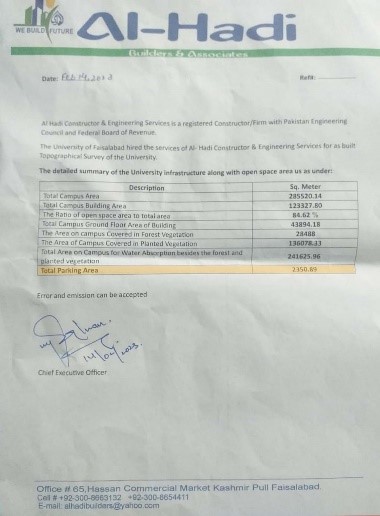
Remove Designated Parking:
Dignatory parking has been removed.It comes with First Come First Serve basis.
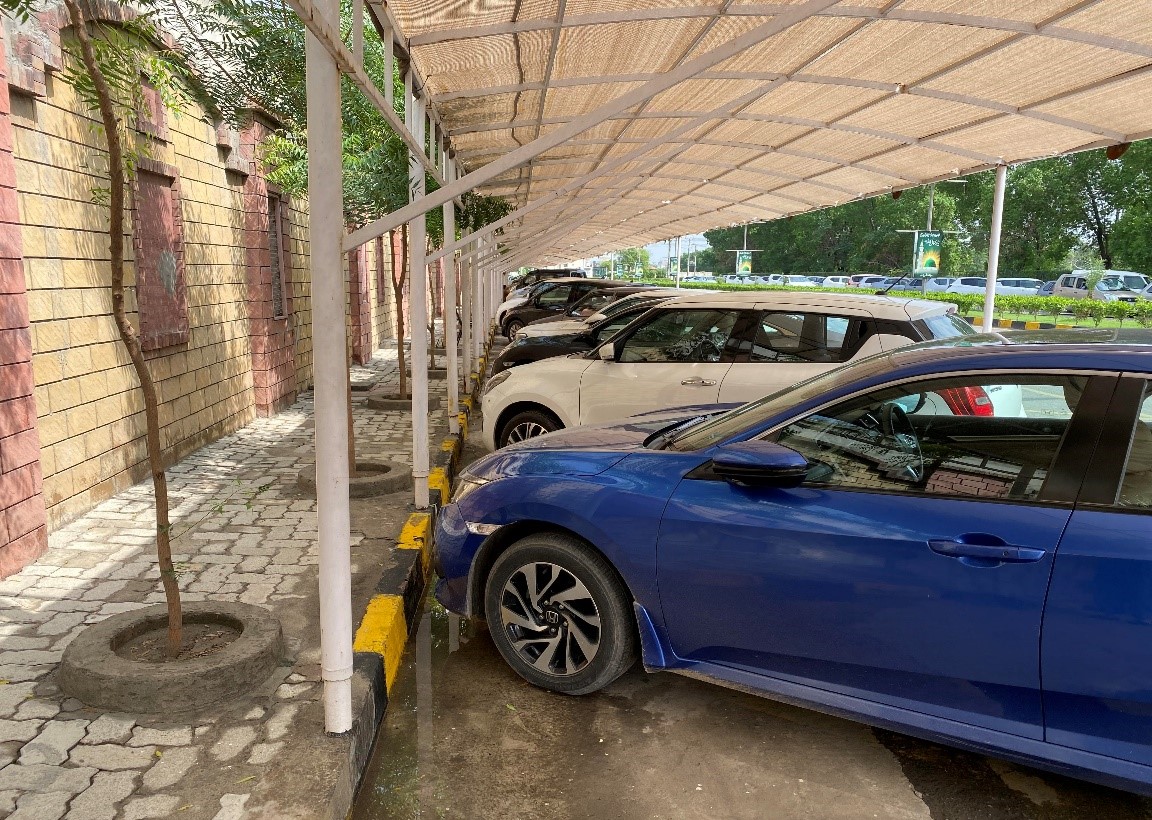
Promote the Culture of Share Drives:
Students and staff are encouraged to use drive share.


Shuttle Service Intiative:
All shuttle service vehicles are being inspected by university transport section to ensure they are not contributing for emitting pollution in the environment

The campus is conveniently accessible by public transportation. In addition to public transit, the University provides free shuttle services for staff and students at nominal cost for students.
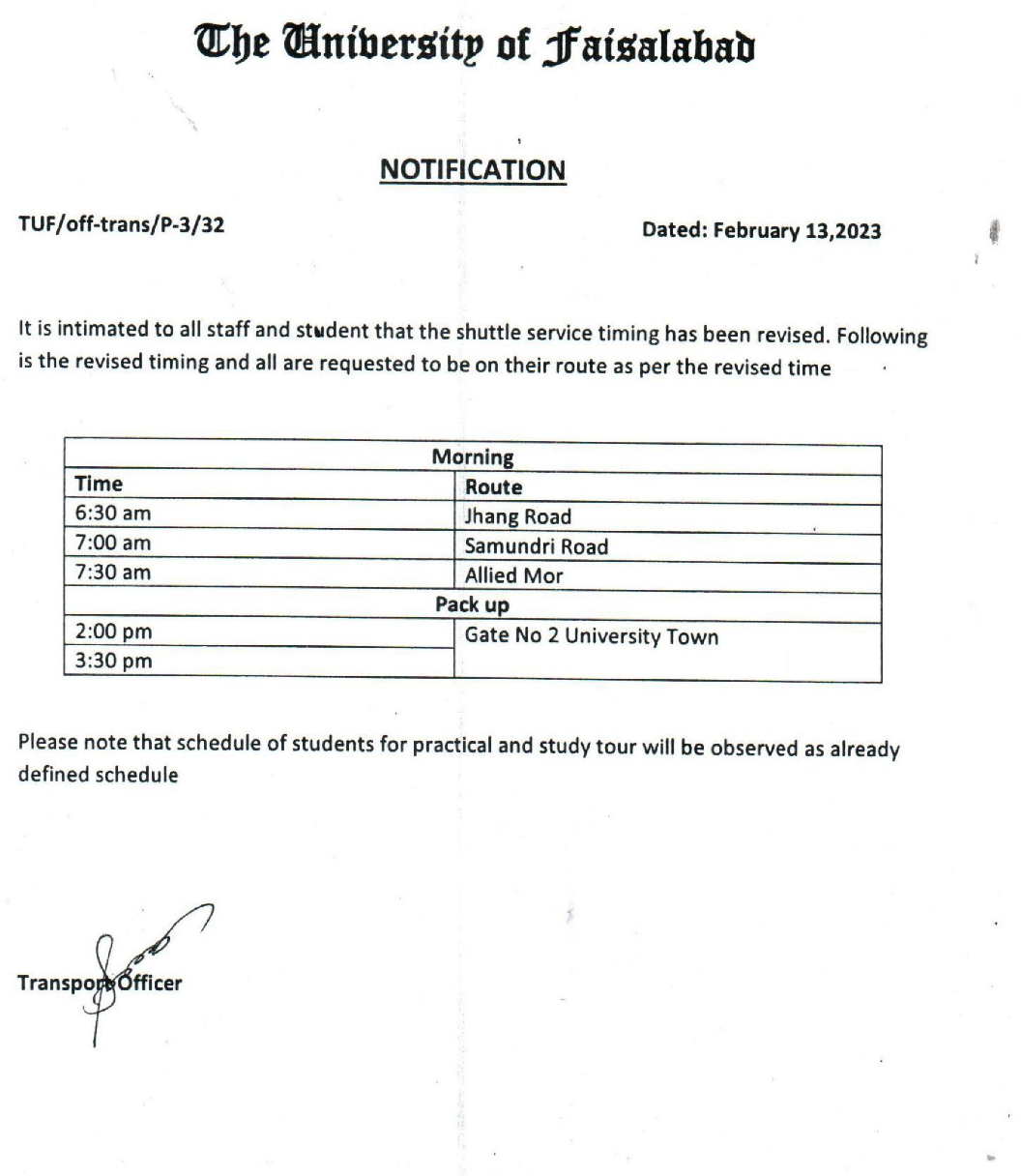
Revise notification of University Bus timings
Outsourising of Vehicles:
The university has outsourced 100+ vans that drop students at their specified locations. Outsourced the vans and assigned them routes to encourage the culture of shared vehicles and support the University in its zero-emission targets.

The University of Faisalabad made in-campus transportation easier and safer for pedestrians. Several paths has been constructed to provide to pedestrians.
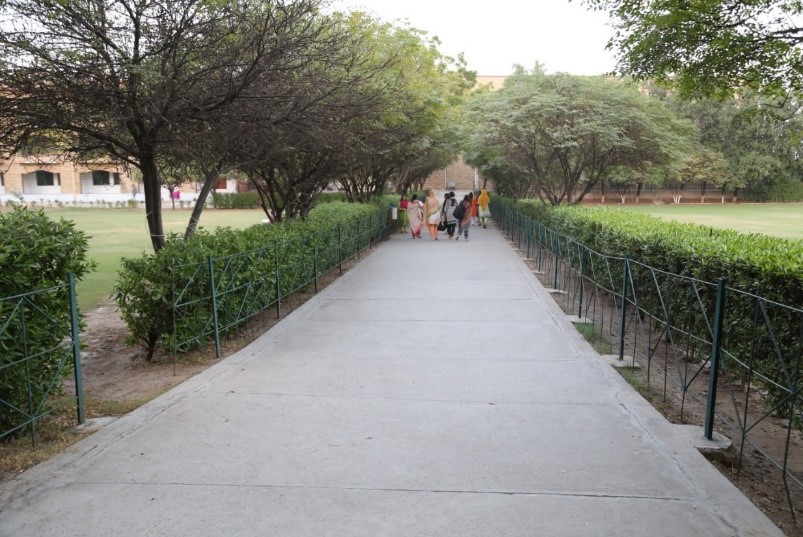
Strolling Toward University Hostels: A Walk to Serenity
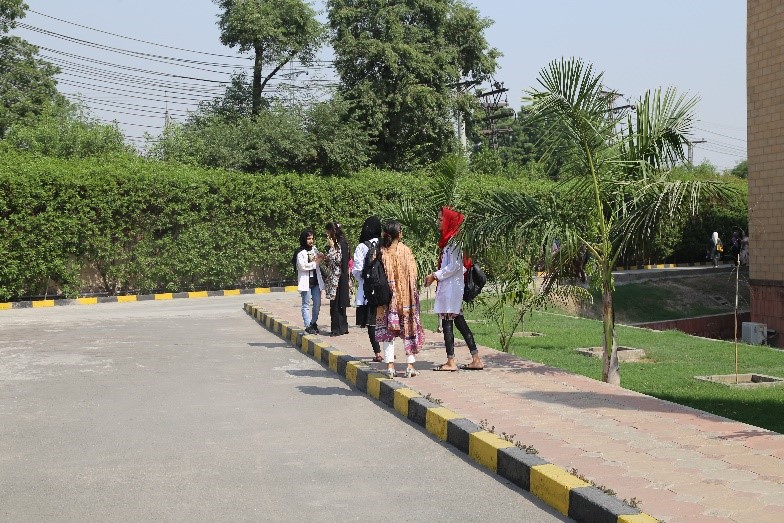
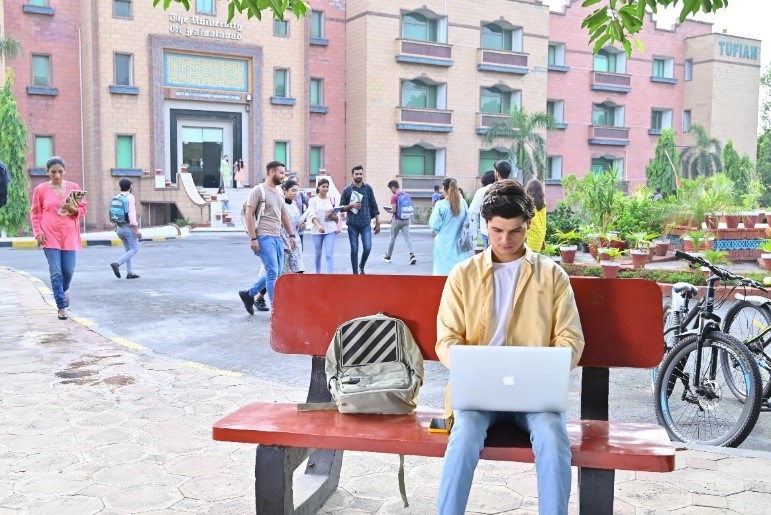
Pedestrian Elegance in Front of the University Main Building

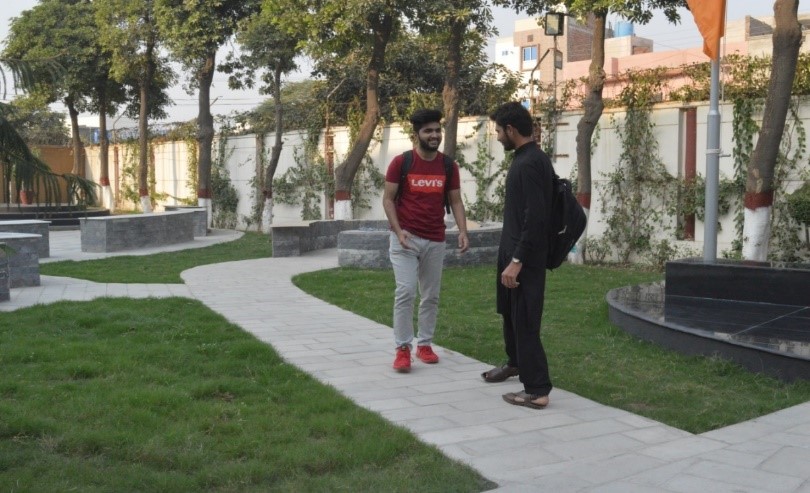
Converging on Excellence: Pedestrian Pathways to the University Assembly Area
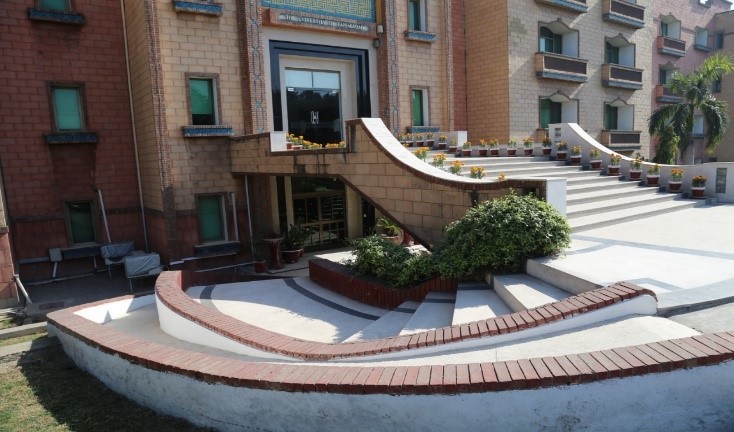

Empowering Mobility in the structure: Inclusive Pedestrian Pathways for People with Disabilities
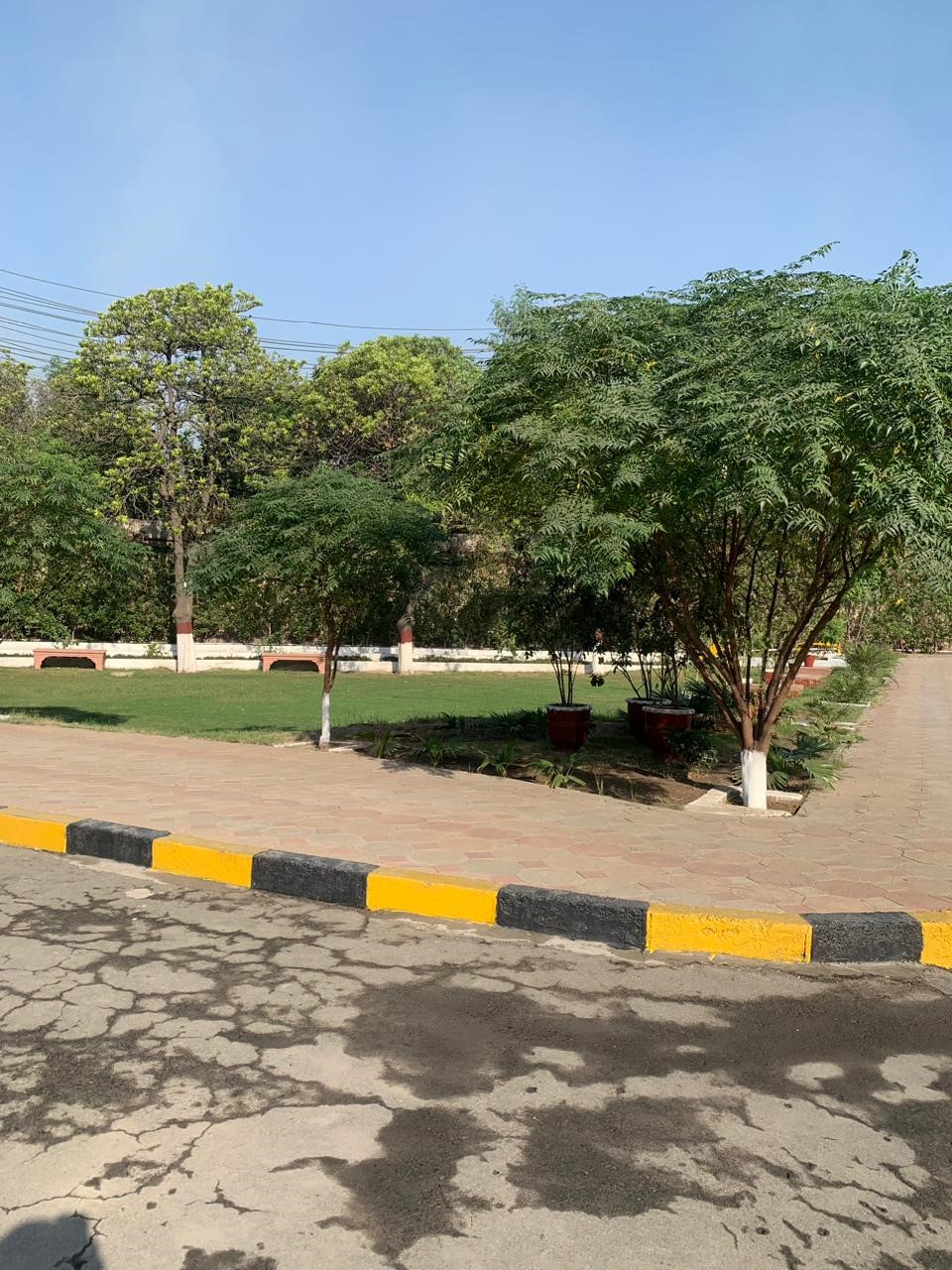
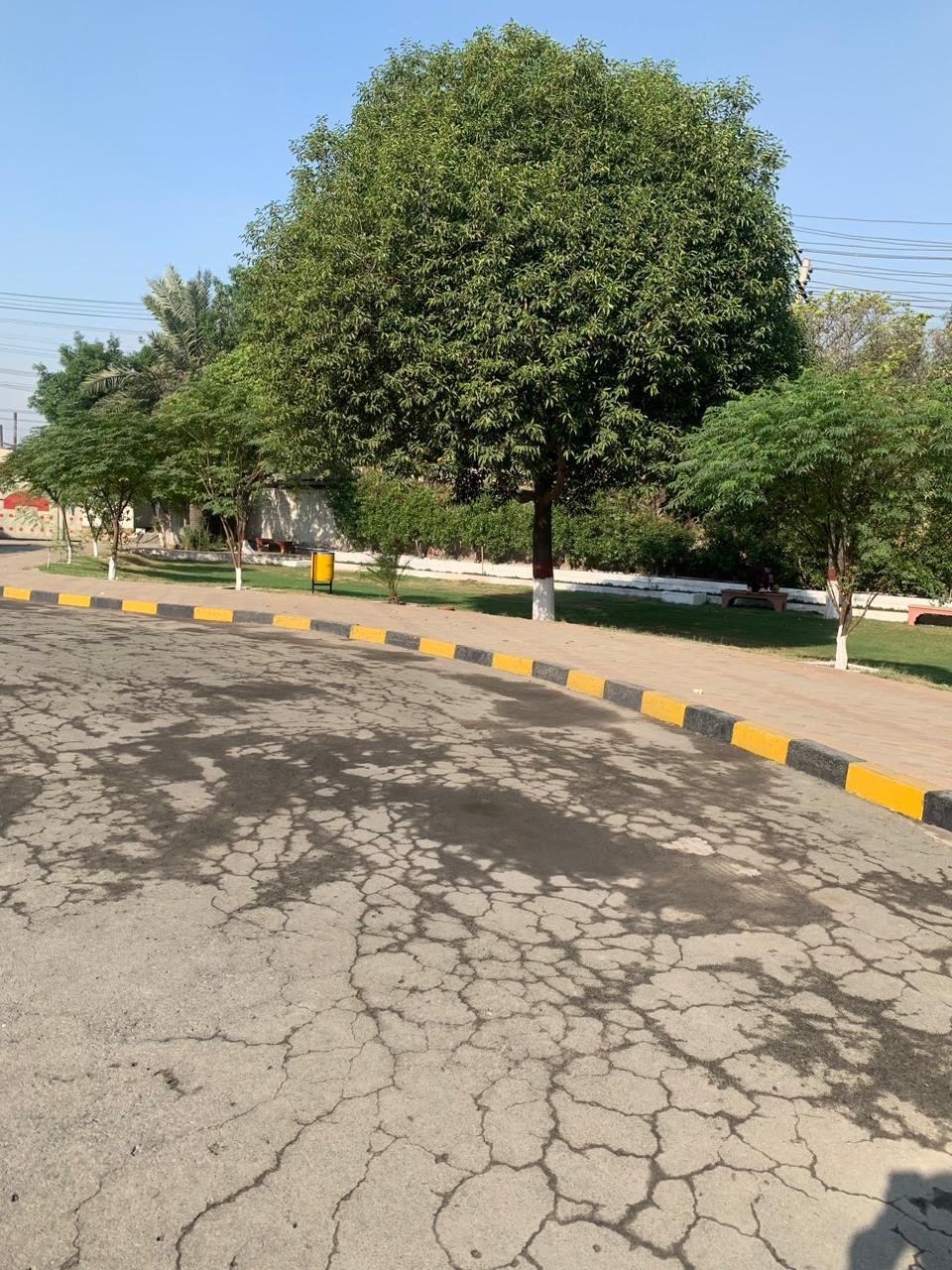
Pedestrian Infront of forest vegetarian
1. Fuzzy logic-based voltage regulation of hybrid energy storage system in hybrid electric vehicles
Vehicles have become an integral part of the modern era, but unfortunately conventional vehicles consume non-renewable energy resources which have associated issue of air pollution. In the recent era, hybrid electric vehicle (HEV) is becoming popular due to their attractive features of energy saving and less air pollution. This paper aimed at designing a hybrid electric vehicle control scheme with an efective energy management system under varying load conditions. Proposed system provides better voltage regulation, better energy management system and fast reference tracking with minimum overshoot as compared to other control schemes.
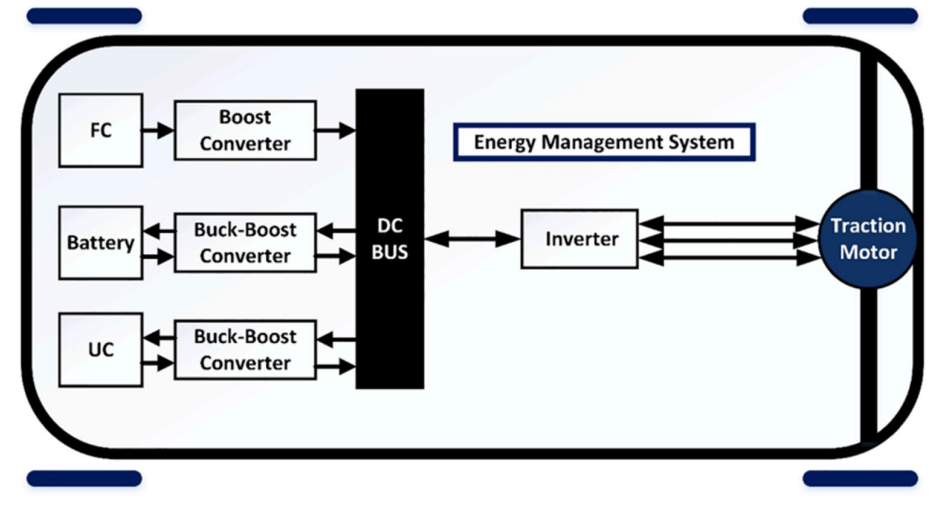
Figure schematic diagram of the proposed fuel cell based hybrid Electric Vehicle.
2. Nonlinear control of hybrid energy storage system for hybrid electric vehicles
Rapidly evacuating fossil fuels, oil, natural gas assets, and environmental effects has made the hybrid electric vehicles more effective than conventional vehicles. This paper presents the nonlinear control that deals with hybrid energy storage system (HESS) for hybrid electric vehicles. HESS consists of two sources: a fuel cell and super capacitor. Simulation and experimental setup reveals that the controller fulfills all of the control goals and the stability and performance measures of the proposed system conclude to be satisfactory.
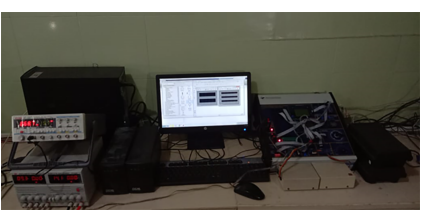
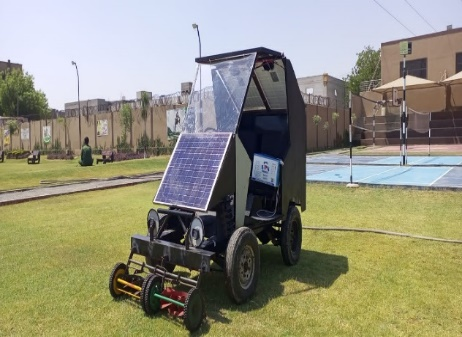
Figure: Experimental Setup along with Practical Application
